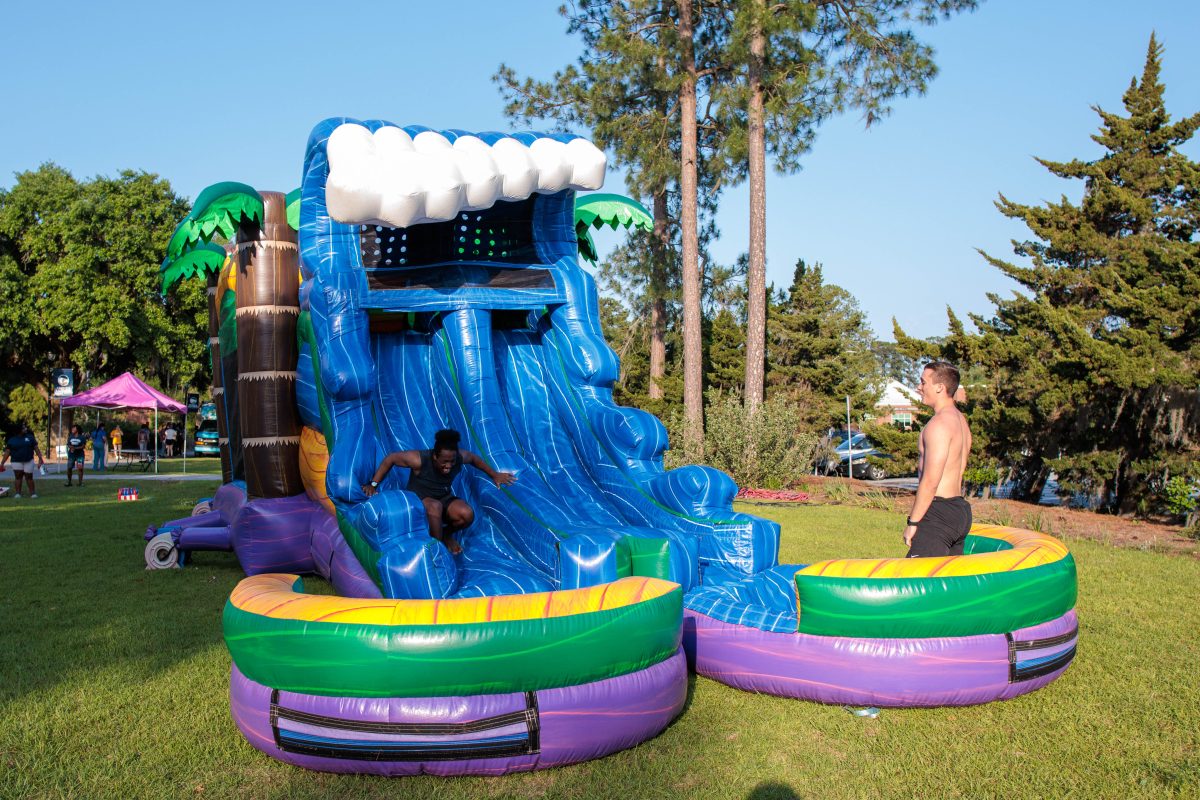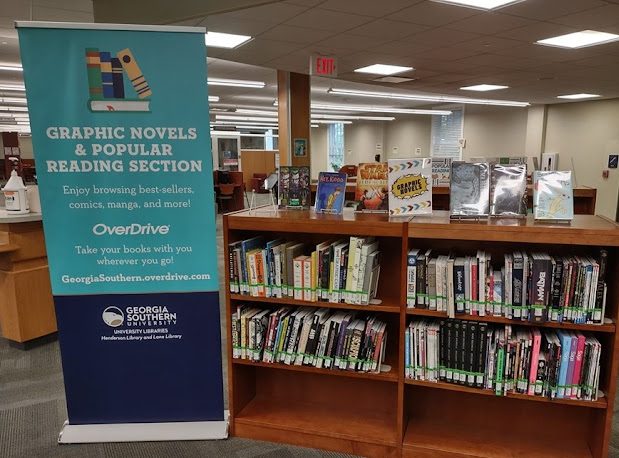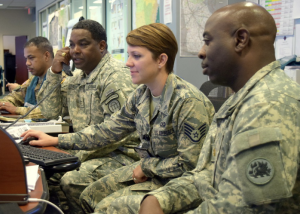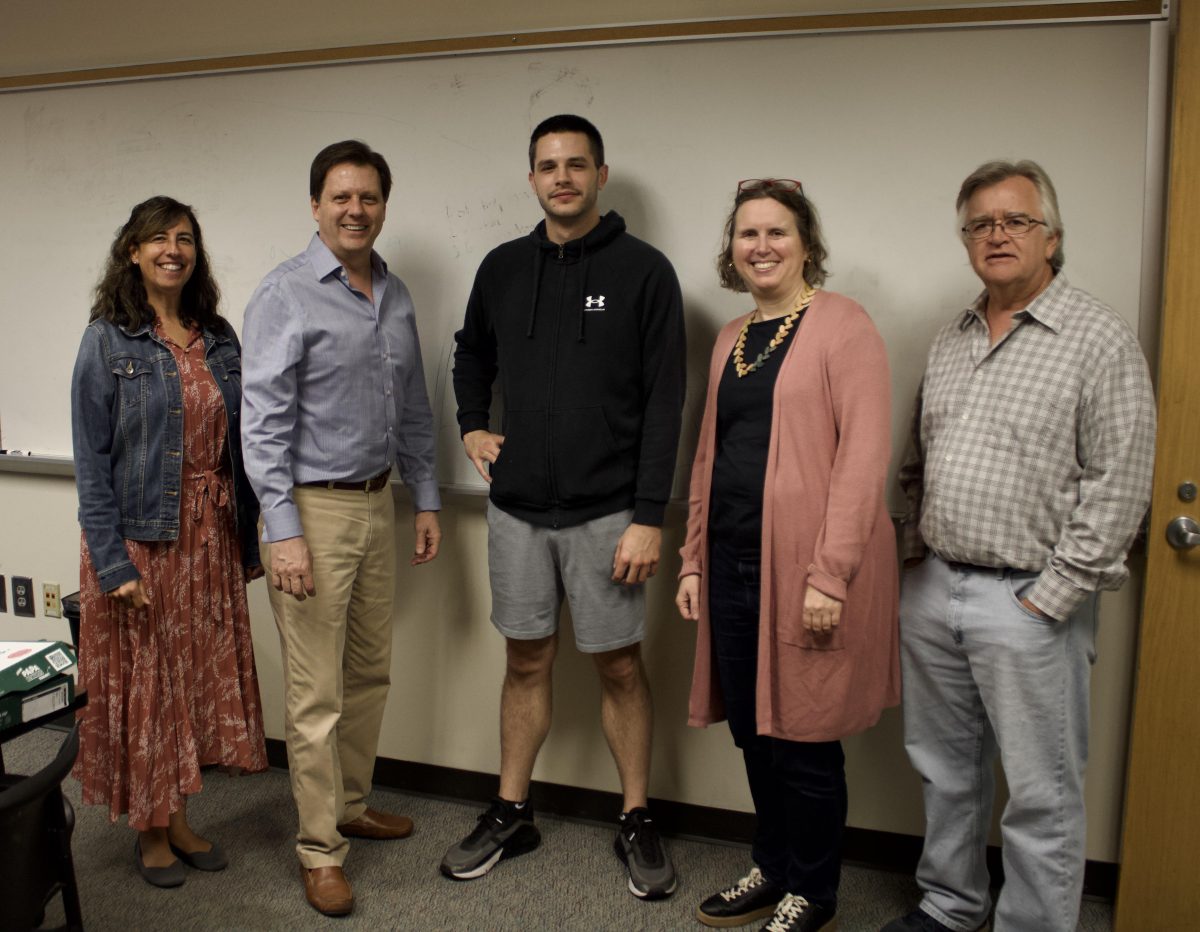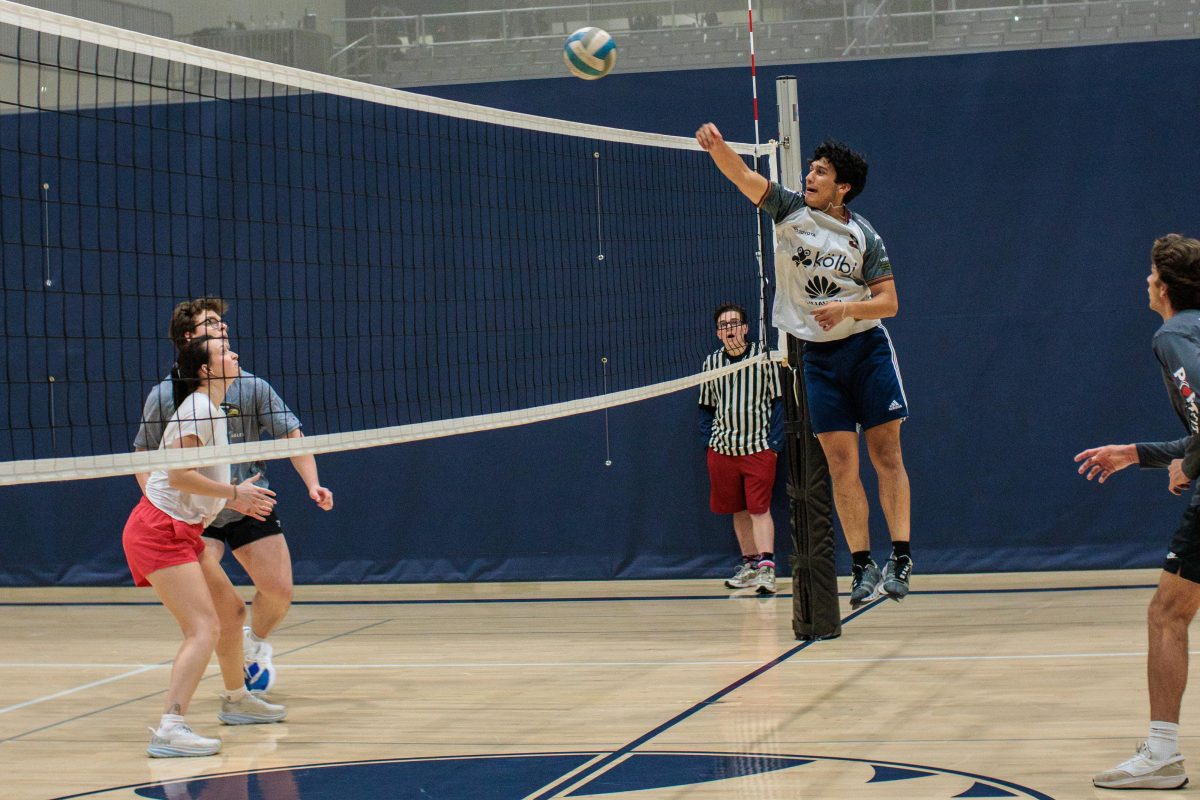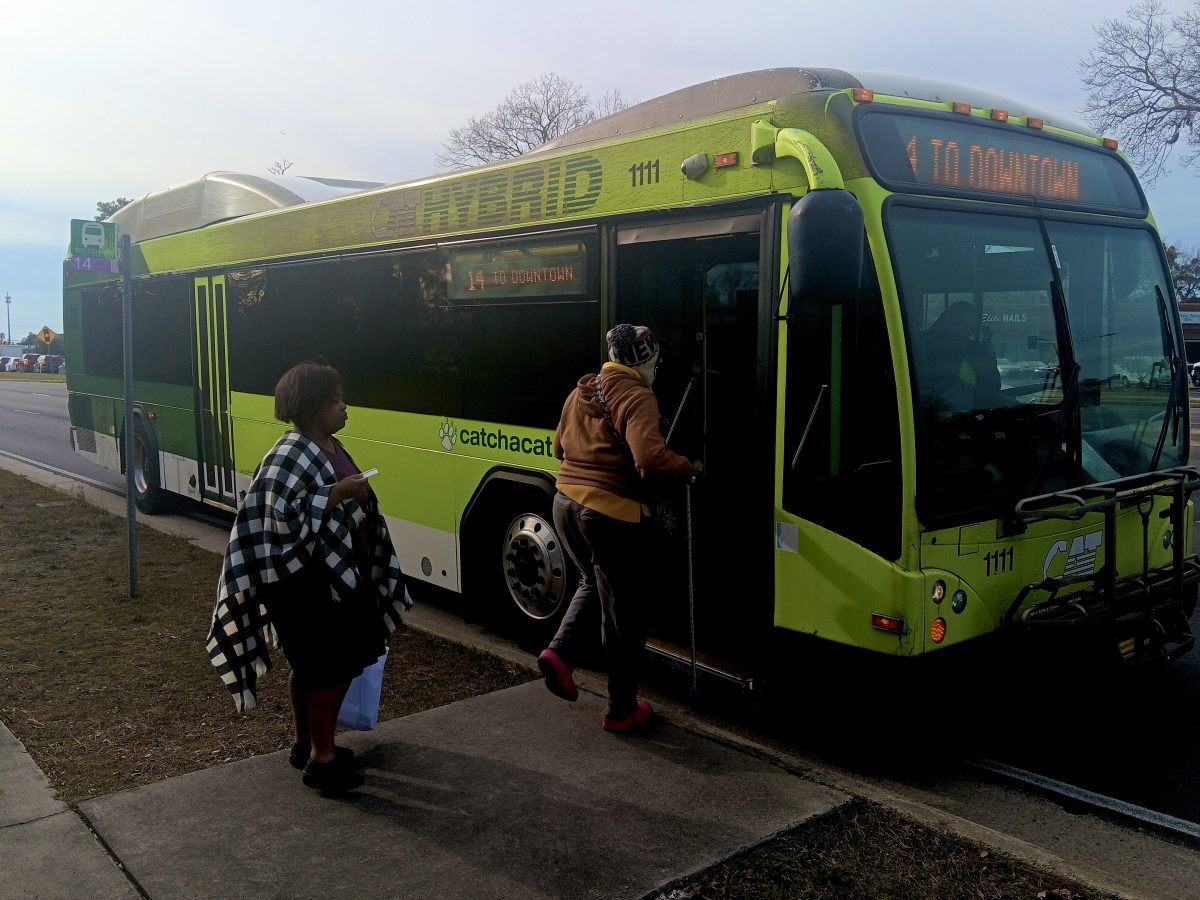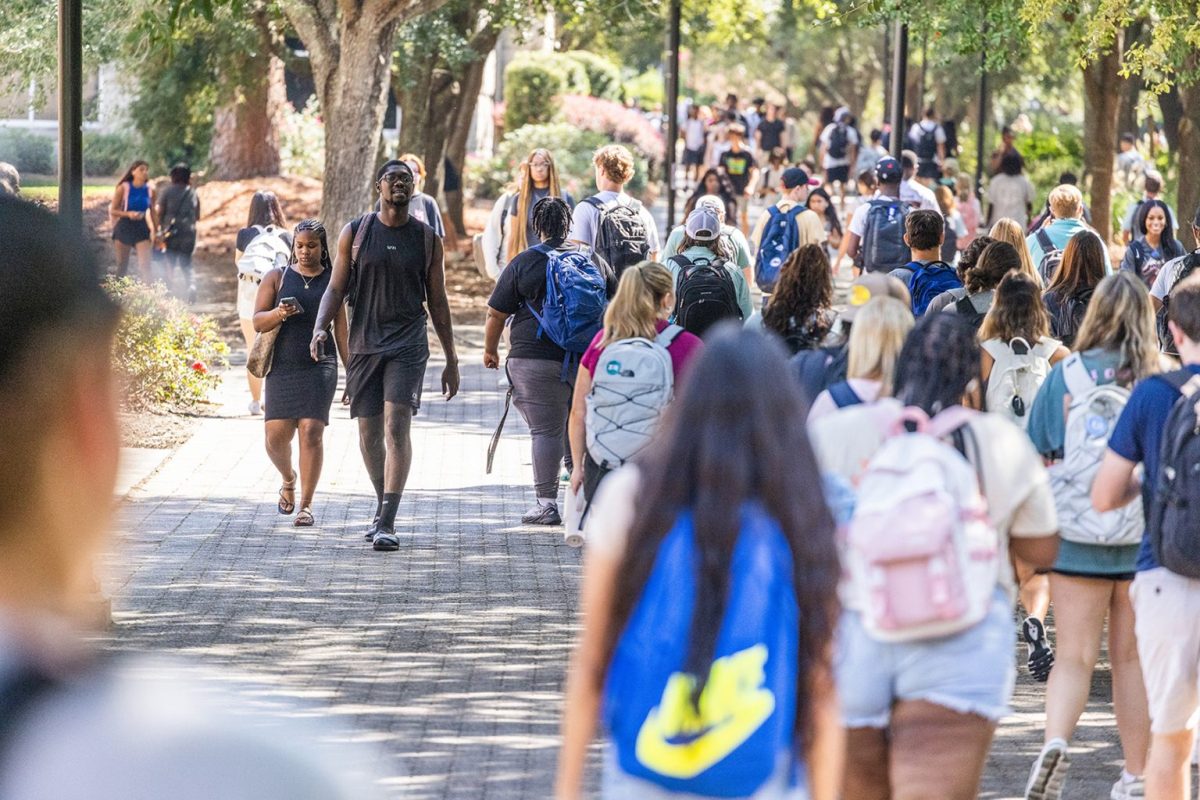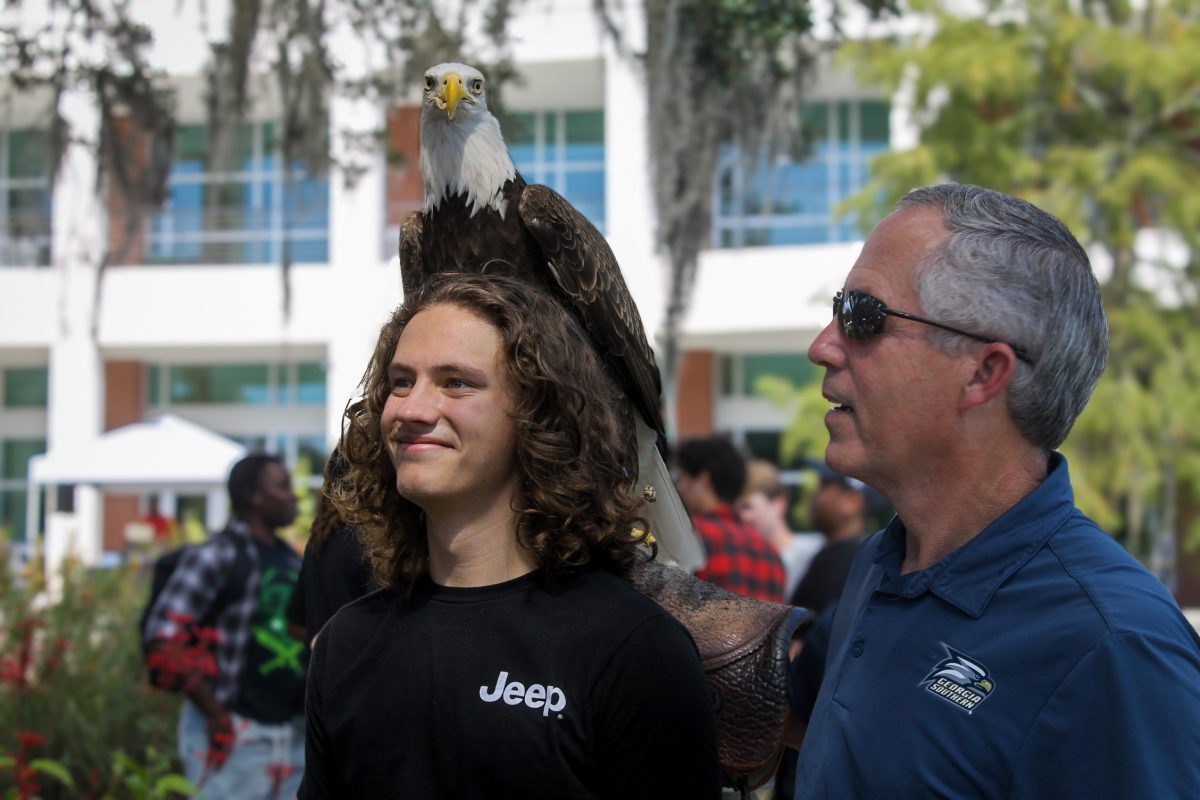Grace Powers, Staff Writer
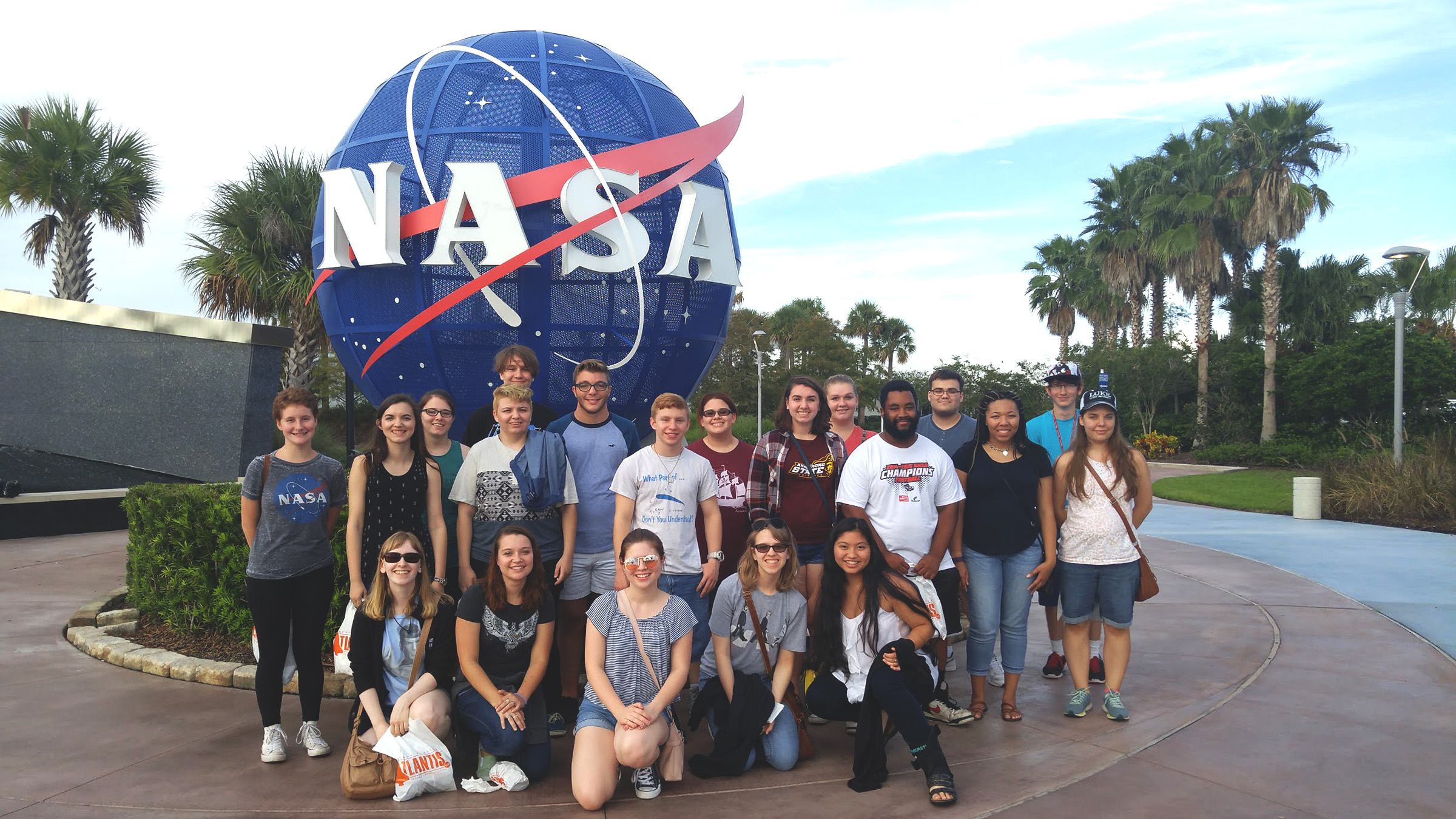
On the weekend of Oct. 1-2, the Armstrong Honors Program shuttled 20 students to Titusville, Florida to visit the Kennedy Space Center. Director of Honors Dr. Jonathan Roberts and Assistant Director Dr. Sara Gremillion decided on the Kennedy Space Center as the destination for the program’s fall trip as it was deemed a fun, educational opportunity for their students.
Dr. Gremillion explained that her “goal is also to foster well-rounded students who have a variety of interests,” and bringing her students into an environment where they can immerse themselves in the many nuances and realities of space has accomplished just that.
The honors group began its tour with the Journey to Mars exhibit and walked through a building that housed everything Mars-related, including a complete line of rovers. Students could see how the vehicles were designed and gain an insight into the thought process behind each function of the rover.
The Curiosity Rover provided a striking example of the innovative designs in that its parts mirrored that of a human body: “Curiosity’s ‘body’ is an insulated container that protects ‘vital organs’ inside the rover. A tool on the rover’s ‘hand’… ‘choose’ the rock samples… then pours the samples… into its ‘body.’ Once ‘digested’ inside, the rover can tell what it just ‘ate’ with science tools that identify what the samples are made of.”
This exhibit was interesting to students because it provided a fascinating glimpse into the future. NASA’s current project is centered around Mars, and the Journey to Mars exhibit of the space center details all the challenges and technologies that have been employed and will be created to successfully travel to Mars. In other words, this exhibit is the story of how the book-turned-movie The Martian will one day become a reality (don’t know if this should be included in the story?).
Next, the group visited the Atlantis exhibit, which showcases the culmination of NASA’s 30-year Space Shuttle Program. Right outside the exhibit, a massive launch assembly stood in front of the entrance. This exhibit was the favorite of many students, including Dr. Roberts.
The exhibit featured a 14-minute film that takes its viewers through the creation of Atlantis, and then funnels them into a second theatre. There, viewers get to experience the take-off of the shuttle. At the end, as the smoke from the engines billow out and spread across the sky, the screen slowly fades out, revealing the original Atlantis shuttle.
“It was fascinating to see the shuttle in exactly the same condition that it arrived back from its last mission,” explained Dr. Roberts, who noticed the distinct scratches and dents that littered the surface of the shuttle.
The Honors group also went on a bus tour of the launch platforms and all the buildings that work towards the assembly of the space vehicles.
Student Leila Caughran got to experience her favorite part of the trip, the Vehicle Assembly Building, a giant building “that [was, at the time,]… the largest building by volume in the world.”
The building is so massive that, on certain days when the weather was just right, clouds would begin to condensate at the top of the building and release water droplets on the workers below. The building is also the canvas for one of the largest American flags in the United States. To put that into context, each stripe on the flag is 9 feet wide, which was the size of the tour buses students traveled on to the Kennedy Space Center.
The bus tour ended at the Apollo/Saturn V Center that displayed a section of the original control room that was used in the launching of the Apollo missions. Students could stand under the largest rocket ever made, the Saturn V. One of the tour guides explained that this very rocket was used in the filming of Armageddon and was the structure that Ben Affleck and Bruce Willis sat in during filming.
Dr. Roberts’ commented, “I’m not sure that I had any specific goals in mind, other than to give students an opportunity. It’s likely that each student learned/enjoyed different aspects of the trip, which is great!”
Students with a GPA of 3.2 or above are eligible to join the Honors Program at Armstrong. For more information, visit www.armstrong.edu/academic-resources/honors-program.

